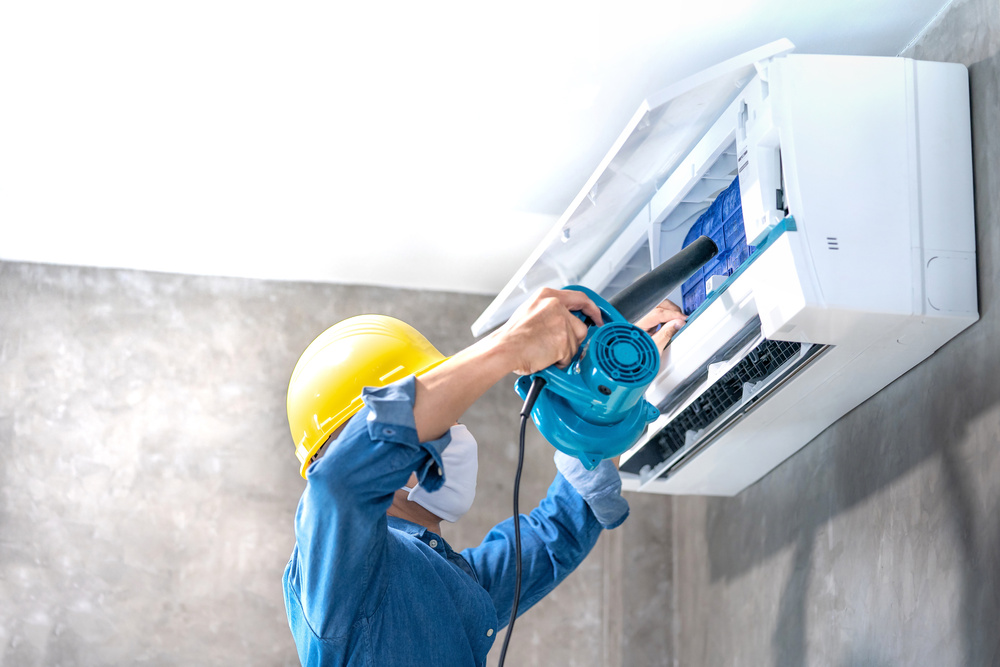Unlike cast iron, your French press isn’t going to get more amazing over time. Old oils and leftover grounds will stand in the way of really excellent coffee since coffee oils go rancid pretty quickly and can ruin the flavor of your next batch of coffee.
Thus, to maintain that heavenly brew that gets you going in the morning, make it a point to clean your French press after every use.
French Press Cleaning Supplies
So, here’s what you would need:
- Baking soda
- Dish soap
- Water
- Dishwasher
- Drying rack
- Mesh strainer
- Paper towels
Some of these items, like the dishwater, drying rack, and baking soda, are optional. As for the rest, well, you’ll definitely need them for this next process.
A Step-by-Step Guide to Cleaning Your French Press
1. Get Rid of the Grounds
Your French press machines aren’t like your drip coffee makers; they don’t have a section that neatly collects coffee grounds for you to throw away easily. You may think that rinsing your French press is an easy way to dispose of the grounds, but it’s not actually advisable. Keep in mind that coffee grounds and grease can easily clog drains and cause blockages.
A slightly more difficult, albeit better method is to fill your French press with water and pour its contents into a mesh sieve. You’ll also want to rinse the plunger over the sieve, so the least amount of grounds make it to the drainage.
Did you know there are other ways to make use of those leftover coffee grounds? You can use them in your garden and even as an exfoliant. They’re also compostable, which is always good.
2. Separate Each Part
To clean your French press properly, you have to take it apart. Your machines will typically have five components: the pitcher, the cross plate, the mesh filter, the spiral plate, and the plunger rod.
The process of disassembling your machine begins by unscrewing the plunger from the rod. From there, the base and everything else can be removed easily.
3. Scrub and Rinse
Now that you have the component pieces, it’s time to get started. Unless care instructions indicate that a dishwasher shouldn’t be used to clean your particular machine, use a dishwasher. It’s really one of the best ways to clean your French press.
If you can’t wait to brew your next cup, use the sponge, dish soap, and some hot water and move on with the program. If you get too excited and scrub the pitcher a little too hard, don’t worry about scratching it. This part of the press is usually made of borosilicate glass and can stand up to most types of scrubbers. If you’re using hardened steel, however, that’s going to be another story.
You’ll want to take extra care when handling the mesh filter. Its edges can sometimes be flipped up and give you an unexpected cut.
There have been some strange suggestions popping out on the internet, one being that soap shouldn’t be used on plastic as the material may pick up the soap’s flavors. We don’t know who started this ridiculous rumor, but unless the manufacturer tells you otherwise, soap is perfectly safe to use on your machine. Just thoroughly rinse your French press with hot water afterward, and you don’t have to worry about soap flavors clinging to its surface.
The combination of dish soap and baking soda can easily take care of stubborn stains. It creates a paste that you rub and let sit for a couple of minutes before scrubbing. Baking soda has a semi-abrasive quality to it that buffs off deposits, and the dish soap simply breaks down those residual oils. Rinse the mixture with hot water, and you’ll witness how most stains disappear.
4. Reassemble
Just a little bit more, and then you’re done! You should be able to put the parts together easily. The cross plate goes first, followed by the mesh screen, and then the spiral screen. You can now thread the plunger rod gently onto this assembled base. There’s really no way you can get it wrong.
5. Allow to Dry
The good news is that even if you don’t let your French press dry, you’ll still be able to make coffee. However, if you aren’t going to use your machine yet, let it dry off entirely before sticking the plunger in. There’s always a risk of mold growth or discoloration when stainless steel oxidizes.
Conclusion
A French press can make you the most delicious cup of coffee. Don’t let its more complicated cleaning process keep you from experiencing the great tasting brew it’s able to create. A simple disassembling of your press and putting its parts in the dishwasher are all it takes to get rid of stains, grease, and rancid smells.
How does a French press work is an important question to answer before you proceed to clean your machine as the manufacturer’s care instructions will always supersede everything.






